Standup paddleboarding is less than two decades old, so it’s still considered a new sport to many people. For the first-timer, SUP can appear intimidating: It involves balancing on what looks like a large surfboard (a standup paddleboard) while simultaneously using a single-blade paddle to move and maneuver on the water.
The sport certainly has its challenges, but there's good news for beginners: SUP is relatively easy to learn, and it has one of the most supportive and inclusive communities you can find. For example, Reddit is home to an engaged online SUP community where paddlers from around the globe share stories, post tips, and discuss their favorite gear. Anecdotally, I’ve found that most paddlers are eager to strike up conversations about SUP or offer advice to newcomers. Not only will you paddle yourself into better physical shape, but this sport will also give you a dose of confidence, new friends, and countless possibilities for adventure.
New paddlers will want to start on flat water, but once you get comfortable on the board, you can begin to explore a variety of SUP disciplines including SUP surfing, whitewater, racing, downwinding, multi-day expeditions, and more. If you have access to a body of water, then you have an arena to dip your blade.
To help set you up for success during your first few paddle strokes, I talked with two lifelong paddlers to get their nuggets of paddling wisdom. Dave Boehne is one of the sport’s most recognizable figures: In addition to being an accomplished paddler and surfer, he’s the CEO and lead shaper at Infinity, which is responsible for some of the most innovative and high-performance board shapes in the sport. Aaron Black-Schmidt is a paddler, outdoorsman, and professional photographer and videographer. He has documented the rise of standup paddling from behind the lens, and he’s experienced in standup paddle surfing, whitewater, and multi-day expeditions.
With their input, I put together a list of five essential skills and five pieces of gear every beginner paddler needs to get on the water. Here’s how to get started.
Related: The Best Standup Paddleboards of 2023
Step 1: Start on Land
While eager newbies will want to hop on the board right away, you’ll need to take care of some SUP basics while still on terra firma. The main thing is to make sure your equipment is in order and you know how to use it properly.
First, Black-Schmidt suggests pre-measuring your paddle to ensure it’s the right size. The proper height for a paddle is eight inches taller than you, which equates to roughly a shaka length above your head. If you’re using an adjustable paddle (see the gear list below for a rec), set it to that height, or find a paddle that’s the correct length.
With your paddle set at the right height, Boehne suggests making sure you’re holding it correctly.
“It sounds silly, but it’s one of the most common mistakes for newbies,” he says. “You want the blade to angle away from you for the most control and leverage. You don’t want the blade facing you and ‘scooping’ the water.”
Once you’ve figured out how to hold a paddle, you should also ensure you’re wearing a leash (a strap that goes around your ankle and connects to the board via a urethane cord) and a life jacket or PFD belt for safety. Finally, make sure to check the weather and water conditions to make sure the water is calm. As the saying goes, “When in doubt, don’t paddle out.”
Step 2: Taking Your First Paddle Strokes—Basic SUP Skills for Beginner Paddlers
Start by wading out from shore until the water is one to two feet deep (deep enough for your board’s fin not to hit the bottom). Hold both rails (the sides of the board) for balance and climb on the board into a kneeling position. Spend a few minutes paddling around in the kneeling position to get a feel for the stability of the board.
To stand up, take a few hard strokes to get some momentum; it’s a lot easier to maintain balance when the board is moving forward. Make sure you’re in the middle of the board (a good reference point is the carry handle). Once the board has some speed, place your hands on the rails and quickly move your feet underneath you while keeping your knees bent and your feet shoulder-width apart. Stand upright and start paddling to maintain forward momentum.
It’s normal to feel unstable and fall off a couple times when you’re starting out, but don’t let the tumbles deter you. For your first few sessions, you’ll simply want to practice using your paddle to maneuver the board around while keeping your balance.
Beginner paddlers should work on getting comfortable with three essential SUP skills: the forward stroke, stopping, and turning.
Forward Stroke
This is how you propel the board forward. Plant the paddle in the water by bending at the waist and reaching forward (about two feet or more). Push the blade all the way under the surface, then bring it back to your feet and lift it out of the water. To keep your board moving in a straight line, you’ll want to alternate sides after every three or four strokes.
Turning
Next you’ll want to learn how to turn your board. To turn, you paddle on the opposite side you want to turn the board (e.g. paddle on the left side to go right). If you want to turn faster, step towards the back of your board while using the same paddle technique (this is also called a pivot turn).
Stopping
To stop moving, simply plant your blade in the water and gently move it in the opposite direction you would for a forward stroke (i.e. push the paddle toward the front of the board). Do this once on each side and you should come to a stop.
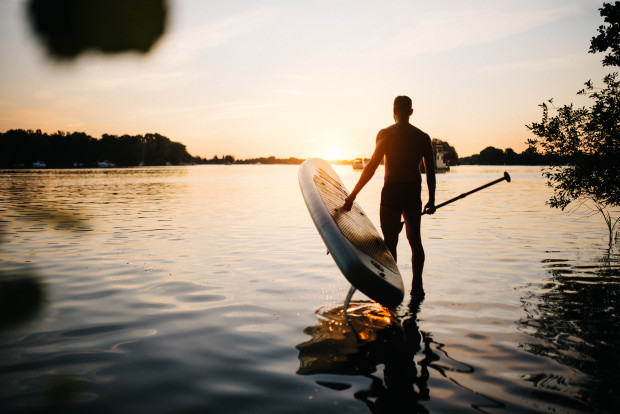
Steven Ritzer / EyeEm / Getty Images
Step 3: Overcoming Common Challenges—Keeping Your Balance in Choppy Conditions
In an ideal world, your early SUP experiences take place on calm and glassy water. However, at some point you’ll be paddling in breezy, choppy conditions, and staying balanced will be more difficult. While these conditions may cause you to fall a few more times, they will also make you a much better paddler. As Boehne explains, the key to overcoming choppy conditions is to use your paddle.
“When feeling unstable, the last thing you want to do is take your paddle out of the water,” he says. “Instead, try to paddle faster, because it allows you to have the blade in the water more, allowing you to gain momentum which translates into stability. Remember, the paddle is an extension of your arms, and you can use it to brace and lean on so you don’t fall in.”
Learn the Brace Stroke
Yes, your paddle can help you stay upright—you just need to master the brace stroke. While there are a few different variations, the basic idea is to place the paddle out to the side of the board about two to three feet and slap the water with the face of the blade. This will provide a quick stabilization if you’re starting to lose your balance. It’s a fast movement and it takes time to learn, but it will save you from countless falls once you get it down.
Change Your Feet Positioning
In addition to using your paddle as a third arm or leg, your foot position can also go a long way toward keeping you dry in choppy conditions.
“Often, if you move your feet back a step, it will raise the front nose out of the water and free up the interaction with the chop and your board,” Boehne says. “Also try widening your stance, bending your knees a bit more, and keep looking forward towards your target.”
Step 4: Staying Safe on a SUP
Standup paddleboarding is a fun and rewarding sport that can have a significant positive impact on your overall health and well-being. However, bad decisions and being unprepared for dangerous conditions can lead to tragedies. According to U.S. Coast Guard data, there were 18 fatalities on SUPs in 2021. The good news is that you can significantly reduce most risk factors by following basic safety precautions.
Wear a Leash & PFD
First and foremost, always wear a leash and life jacket or PFD belt while standup paddling. The leash will keep you tethered to your board when you fall, and a PFD belt will provide flotation if you’re struggling to swim—though all paddlers should know how to swim before entering the water.
Paddle in a Group and in Safe Areas
In addition to wearing the right gear, Boehne and Black-Schmidt both suggest paddling with friends—that way help is nearby if you run into trouble. Avoid crowded surf lineups and places with lots of boat traffic. If you do find yourself paddling in an area with boat traffic, Boehne urges paddlers to “stay off to the sides, out of boat lanes, and away from speeding watercraft.”
Check the Weather
Finally, it’s important to check the weather forecast and be mindful of wind speed and direction before you paddle out.
“I like to check the wind and see how strong it is before I go so I know what I’m getting myself into,” Boehne says. “It’s never fun to paddle one way downwind and realize that it’s just too challenging to paddle back.”
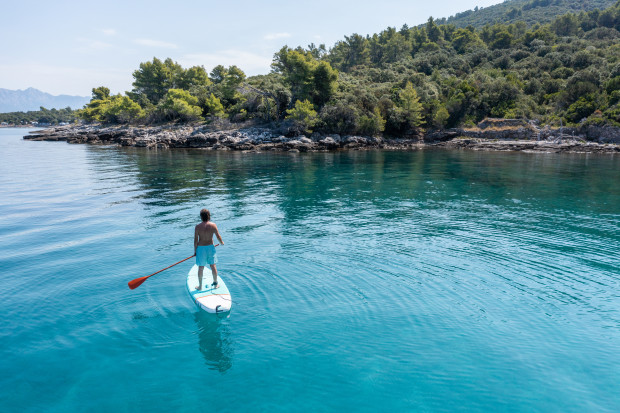
Mystockimages / Getty Images
Step 5: Taking Your Standup Paddling to the Next Level
Once you have a few SUP sessions under your belt, you’ll start to feel more confident and ready for a fresh challenge. That’s when the true potential of standup paddling will begin to reveal itself. While there’s nothing wrong with cruising around a placid lake or harbor, the sport has so much more to offer.
“Think about a paddling goal beyond flatwater cruising—whether it’s fitness, racing, surf, fishing, rivers, or camping,” says Black-Schmidt. “And if you get a chance to use a faster hard board or a carbon paddle, you’ll be amazed at how different it feels from the entry-level inflatable SUP and aluminum paddle. SUP can open a lot of possibilities.”
Not only are there lots of different ways to paddle, but more importantly, you’ll meet lots of different people while paddling. SUP has a supportive community, and once you’re hooked on the sport, you’ll wonder why you hadn’t started paddling years before.
Now that you have an idea of what skills to learn, here are five pieces of SUP gear that will set you up for success on the water.
Essential SUP Gear for Beginners
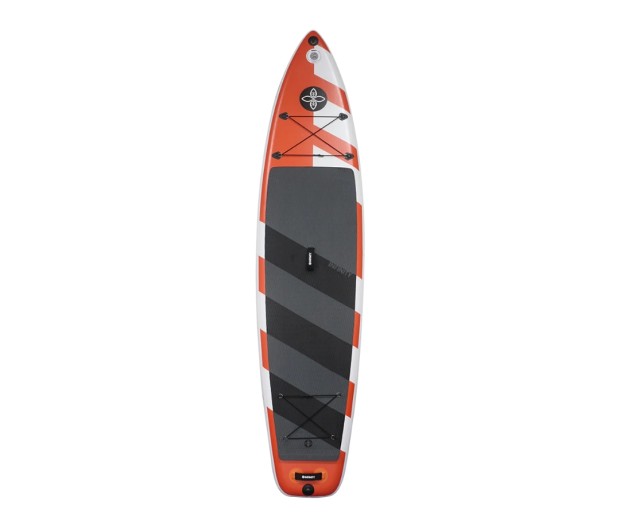
Courtesy Image
An inflatable standup paddleboard (iSUP) is the perfect craft for a new paddler. Not only are they typically stable and easy to learn on, but the ability to inflate and deflate the board makes them easy to store and transport. However, countless paddlers have made the critical error of getting a cheap iSUP that offers zero performance and leads to an unfulfilling time on the water.
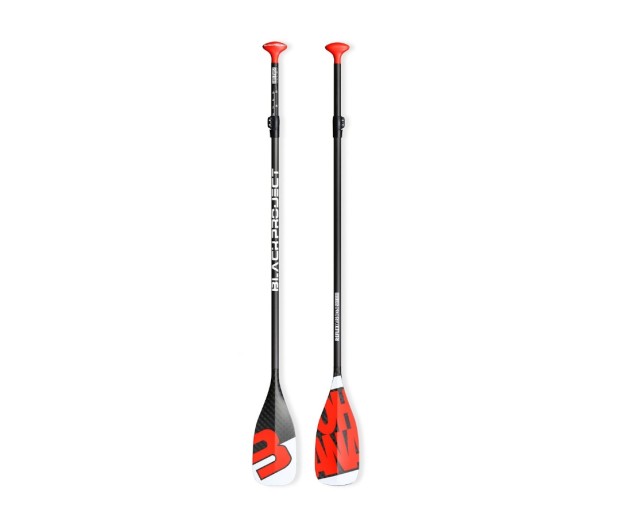
Courtesy Image
While new paddlers focus a lot of their attention on which board to get, choosing a quality paddle is arguably more important. In fact, I’d say that few things have stunted the growth of SUP quite like heavy aluminum paddles with plastic blades—the awful paddles that typically come in those cheap beginner iSUP packages. Cheap paddles significantly reduce the performance and fun factor of your SUP experience, and they lead many people to give up on the sport before they really get into it.
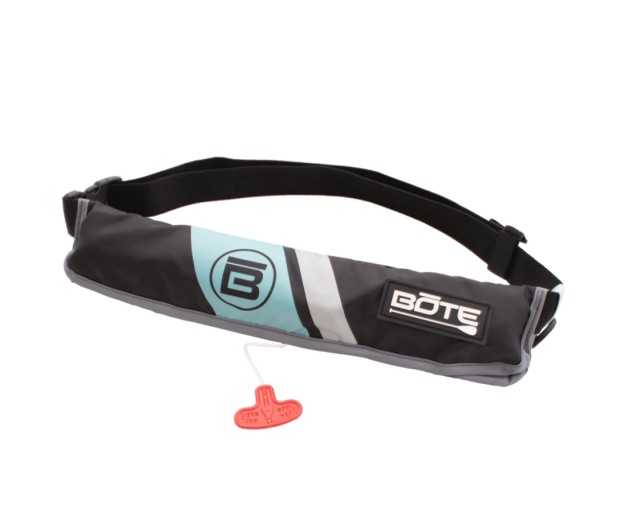
Courtesy Image
Safety comes first, and a PFD belt is a must-have for everyone, no matter if you’re an experienced paddler or taking a stroke for the first time. This low-profile belt from BOTE is a great option as it won’t get in the way while you’re paddling. However, if you fall in and are struggling to swim, pulling the orange tab activates a CO2 cartridge to provide 16.5 pounds of buoyancy, while a secondary panel (inflated by blowing into a tube) can add another 29.5 pounds of buoyancy to keep you afloat—and alive.
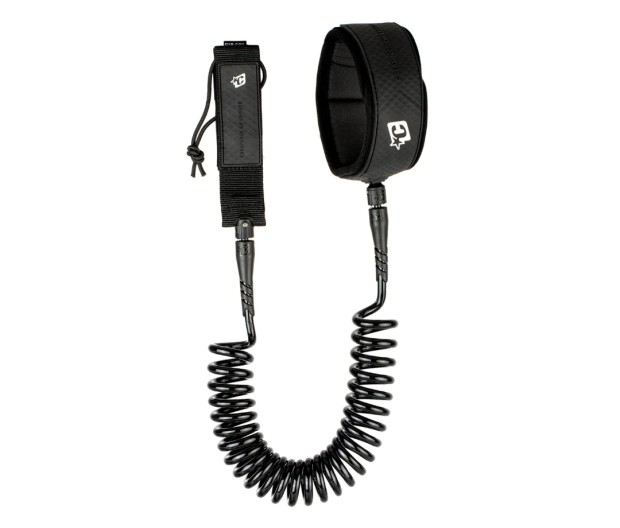
Courtesy Image
Watching your board float away faster than you can swim is one of the most frightening moments a paddler can experience. This underscores the importance of always wearing a leash. A leash keeps your board within a few feet of you when you fall, allowing you to easily retrieve it and hop back on.
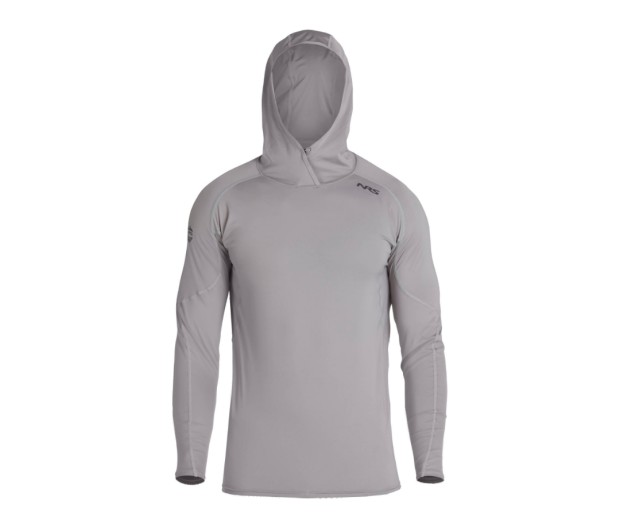
Courtesy Image
Standup paddling in the baking sun is a great way to get a nasty burn. While you should definitely wear a reef-safe sunscreen on your face, the best way to protect your upper body is with a quality rash guard that’s comfortable and won’t restrict your paddling.
from Men's Journal https://ift.tt/mZeADFf
via IFTTT
